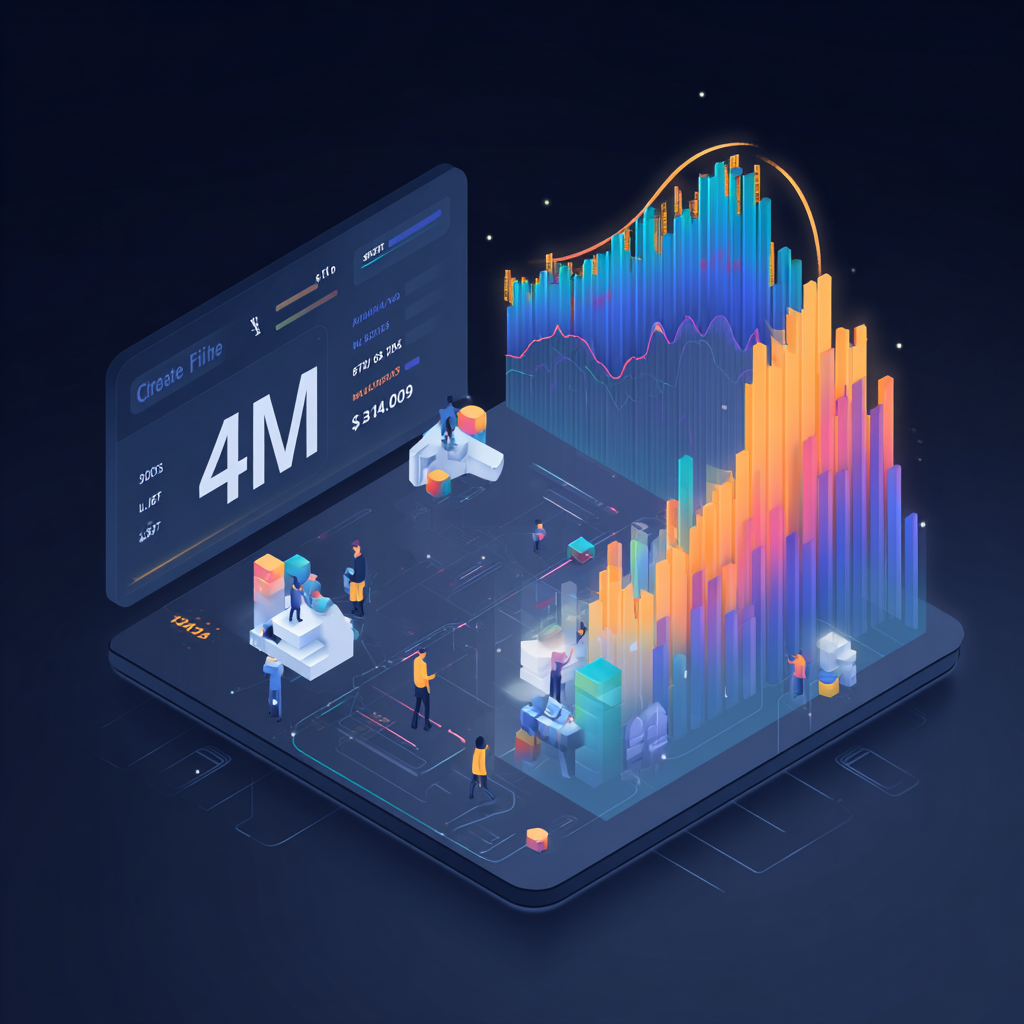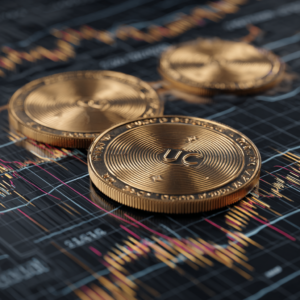
Protocol Generates $4 Million in Liquidity Fees in Recent Weeks
In recent weeks, a delightful spectacle has unfolded in the decentralized finance sphere, with liquidity fees soaring to over 4 million dollars. Yes, you read that right! This isn’t just financial fluff. It’s an undeniable testament to the vibrant trading activity and the robust liquidity that pulses through these pools, all thanks to the unsung heroes known as liquidity providers (LPs). These enterprising individuals park their tokens in the liquidity pools and, in return, earn a slice of the trading fees, making this whole venture feel a little like a rewarding lottery—albeit one where everyone's a winner.
Now, let’s peel back the layers to understand where this bounty of liquidity fees comes from. Most of it sprouts from the buzzing activity on decentralized exchanges (DEXs) like Uniswap, where a 0.3% fee is levied on each token swap. Sounds gentle, doesn’t it? But, like a little drop of honey adding sweetness to tea, it accumulates quickly, showering LPs with a well-deserved payoff. These fees are cleverly designed to be distributed proportionally to the LPs based on their contributions to the liquidity pool. It’s a smart system, designed for fairness and profitable returns—perfect for that wise investor alongside the thrill-seekers.
So, why do we suddenly find ourselves in a pot overflowing with liquidity fees? Let’s break it down with a little common sense and a sprinkle of insight:
-
High trading volume: Think of trading like a bustling marketplace. The more transactions that happen, the heftier the pile of fees grows. Successful protocols draw in traders like moths to a flame by curating popular token pairs and keeping their fees enticingly low.
-
Active liquidity management: LPs wield their powers like guardians of a serene lake, adding ample assets to the pools. This ensures deep liquidity, which significantly lowers slippage—the enemy of traders looking for smooth sailing. The result? More traders enter the fray, adding to that glorious trading volume.
-
Fee Structure and Incentives: The intricacies of fee percentages matter immensely. Most DEXs operate with a tier system (think 0.05%, 0.3%, 1%), with 0.3% being the sweet spot that balances LP rewards and trading affordability. And let’s not forget those trailblazing newcomers dabbling with flexible fee structures, where you could end up tailoring fees up to 100%! Customize away!
There's also talk about the addition of protocol fees, such as a cheeky 0.05% protocol-wide fee on trades. Although this might nibble at LP revenue, it aims to fund ongoing development and maintenance. As of now, many platforms are contemplating this model but have yet to implement it. It’s like flirting with the idea of starting a new trend—everyone’s interested, but no one has committed just yet.
But here’s the kicker: liquidity fees aren't just a passive income stream; they serve as a sturdy incentive for LPs to keep their assets securely anchored in pools. This stability, akin to a well-trained ship in a still harbor, reduces price volatility and ensures a smooth sailing experience for users. And like a positive feedback loop, more trading results in more fees, which encourages even more trading. Correspondingly, the transaction volume grows into a self-sustaining ecosystem.
Take THORChain, for instance. This protocol takes a bit of a nuanced approach with its fees, crafting them to be responsive to liquidity demands and even incorporating network fees to cover blockchain transaction costs. It’s akin to an artist meticulously balancing his palette, ensuring that every color (or in this case, every fee) harmonizes perfectly with the experience of all stakeholders involved.
So, as we celebrate this recent windfall of $4 million in liquidity fees, it’s worth recognizing that it’s not a mere figment of chance. It’s the happy marriage of intense trading activity, an effective fee structure, and spirited participation from LPs that collectively enhances market liquidity and keeps the momentum alive.
Don’t just stay on the sidelines, though. If you want to dive into the fascinating world of fee mechanics, take a peek at the comprehensive documentation from Uniswap. It’s like a treasure map leading you through the intricacies of fee splitting, the impact on the liquidity pool’s value, and the mysterious potential future implementations of protocol fees. Ignorance may be bliss, but knowledge is power—and it’s foundational for fully grasping these dynamics.
Want to stay up to date with the latest news on neural networks and automation? Subscribe to our Telegram channel: @channel_neirotoken

